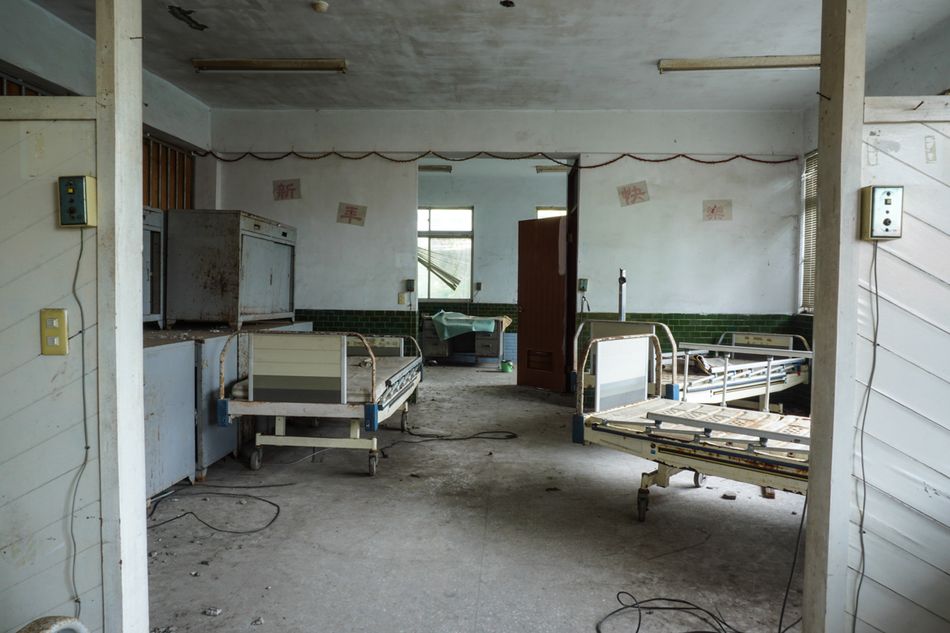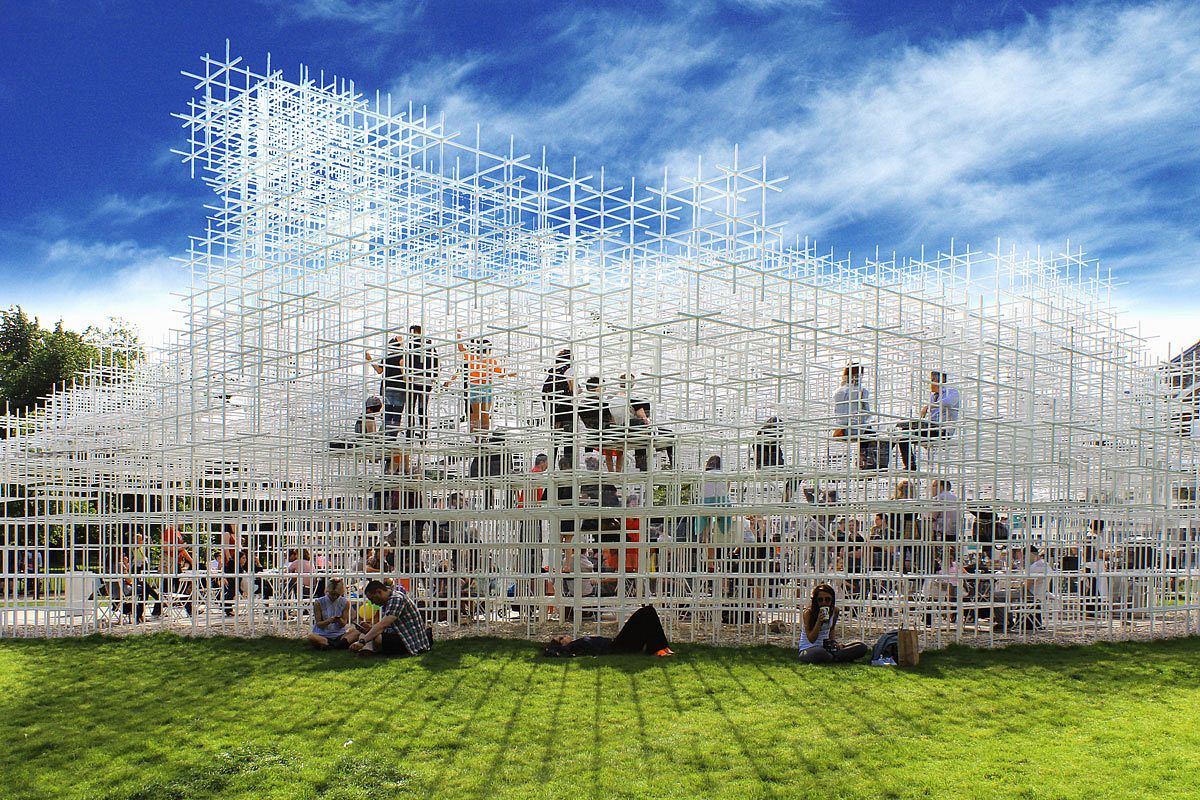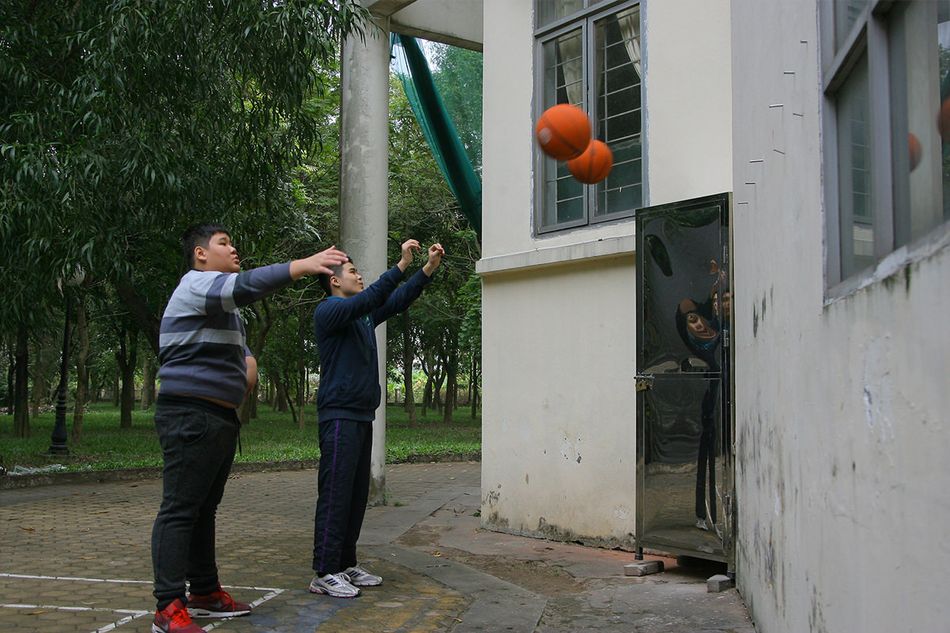Taipei is known as a highly advanced, efficient city famous for modern marvels such as the Taipei 101 and a fantastic metro system.
On the outskirts of the city, however, things can get a little more gritty. Head west into the suburbs of New Taipei City, home to used car dealerships and an urban sprawl wedged into narrowing valleys, and one will find the eerie, mostly abandoned Losheng Sanitarium.
Located on a hill behind the enormous construction site of a new MRT depot, this facility is a must-visit for anyone interested in photography, abandoned places and urban exploration.
The sanitarium, first called the Rakusei Sanitarium for Lepers of Governor-General of Taiwan, was built in the 1930s when the island was occupied by the Japanese. Lepers were forced to live here in isolation from society.
When a cure for the disease was discovered in the middle of the 20th century, the lepers were allowed to leave, but many stayed since they faced discrimination and were used to being ostracized.
Today a modern hospital sits across the MRT construction site from Losheng, while a heated debate rages over the preservation of the site. Originally the metro depot was intended to completely clear out the sanitarium, but opposition to the plan forced city leaders to reconsider.
Now, steel beams support many of the building to keep them from sliding down the hill, the base of which has been removed by construction. Elderly residents still live in some of the structures, but most of the site sits abandoned.
Bedrooms rot in the heat, family portraits litter floors and filthy clothing fills wardrobes. Plants grow in the corners of rooms where the ceiling has been blown away.
The most fascinating - and creepiest - parts of Losheng are the two main medical buildings where lepers were treated. Even after all these years computers, medical equipment and x-ray slides remain in place.
One room features an operating table and a cart with a needle and surgical gloves on it, as if the doctors and nurses had simply walked out in the middle of a procedure, never to return again.
Hospital beds litter other rooms, and the setting is absolutely perfect for a horror film. Exploring Losheng at night would be a truly frightening experience.
Of course, one must keep in mind the sinister purpose behind the sanitarium's construction. Graphic pictures of patients in one room are a reminder of how horrific leprosy was, and how glad we should all be that it has been cured.
Losheng, which means "happy life," stands as a photogenic, ghostly reminder of how those unfortunate enough to contract the disease were treated in the past.
Take a tour of the facility below:
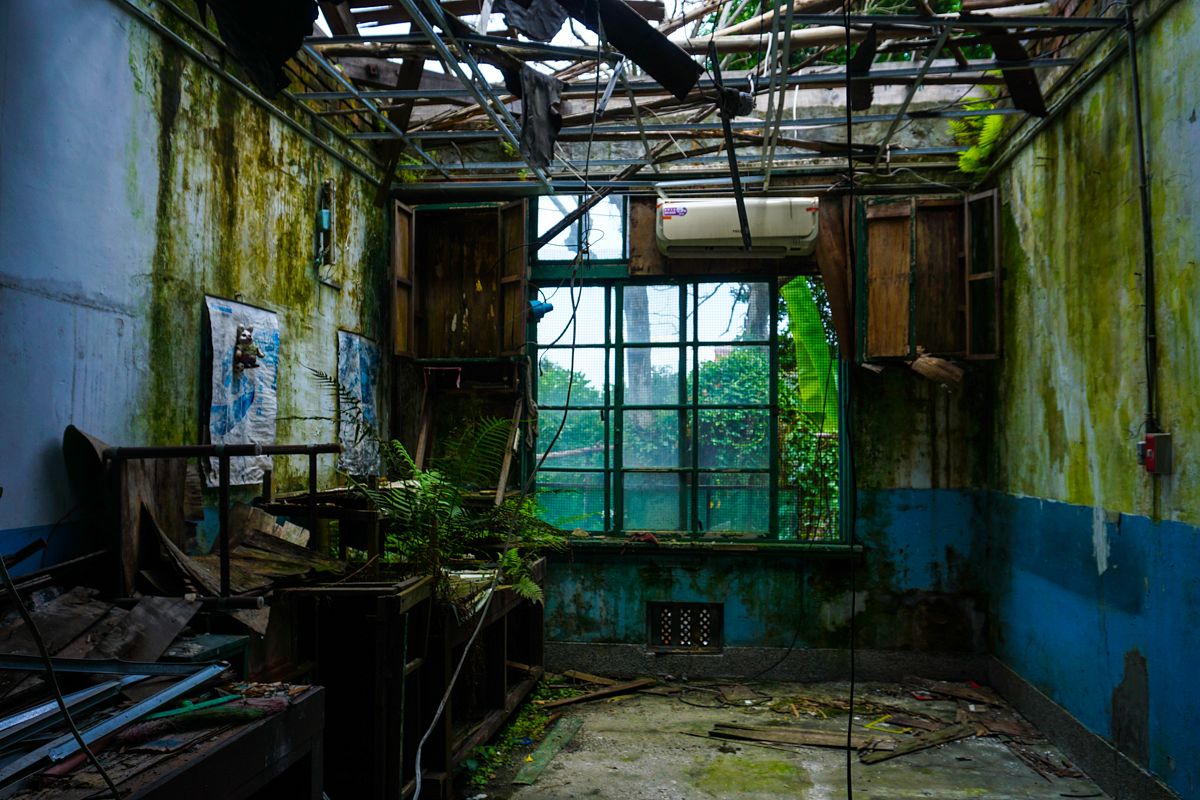
A moldy office or bedroom in the residential section of the sanitarium.
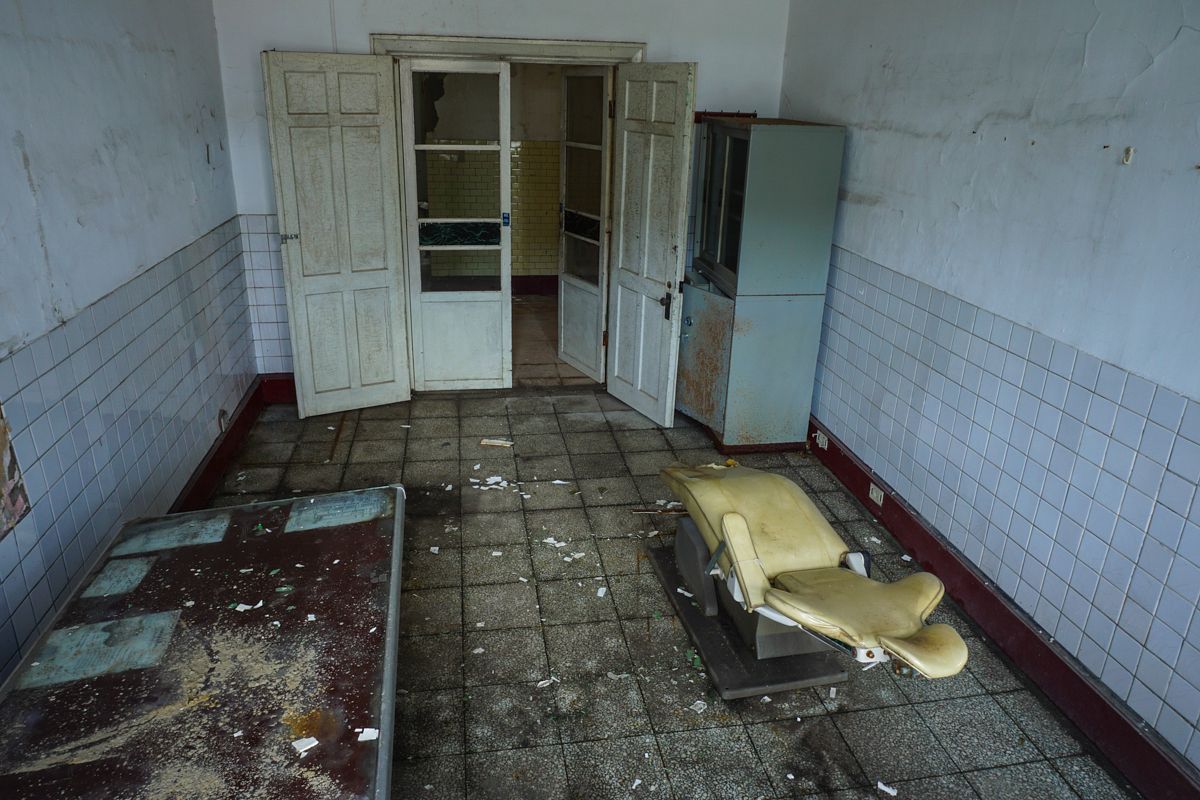
An examination chair at Losheng.
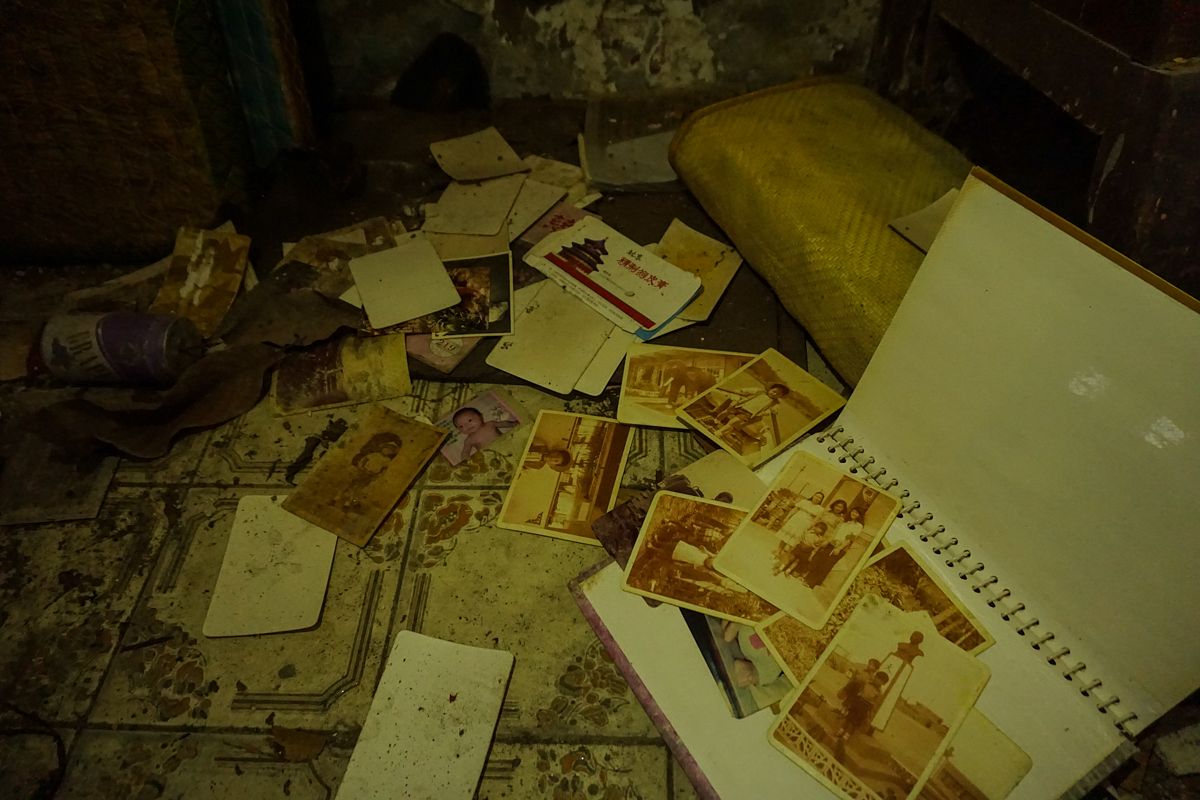
Faded family portraits litter the floor of a bedroom.
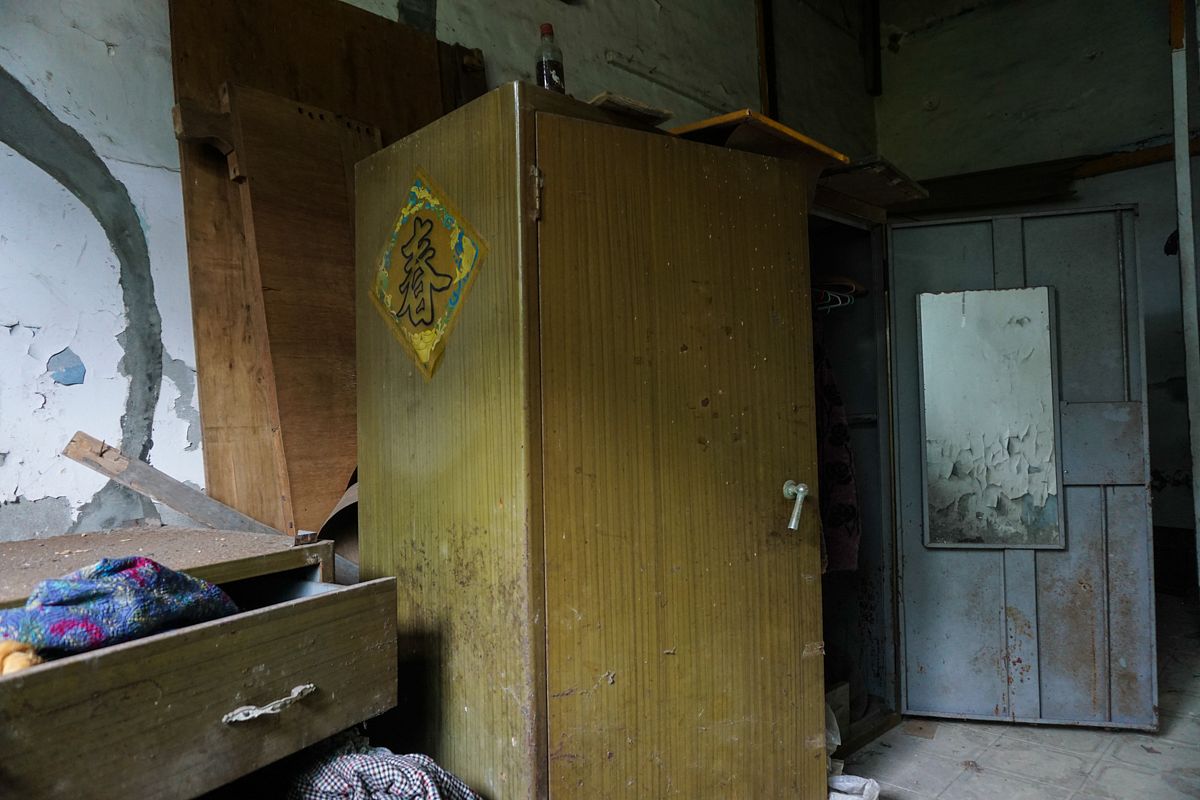
Personal belongings remain in some rooms years after most residents left.
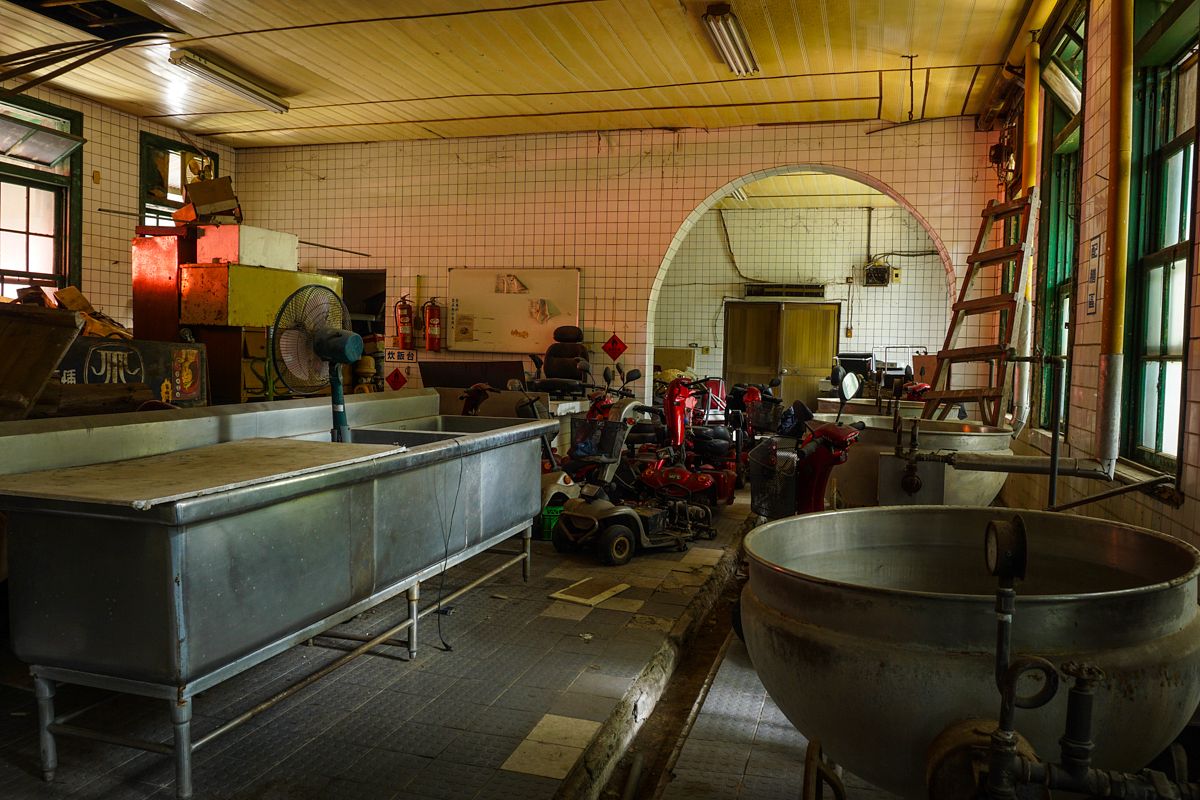
A kitchen packed with random boxes and electric wheelchairs.
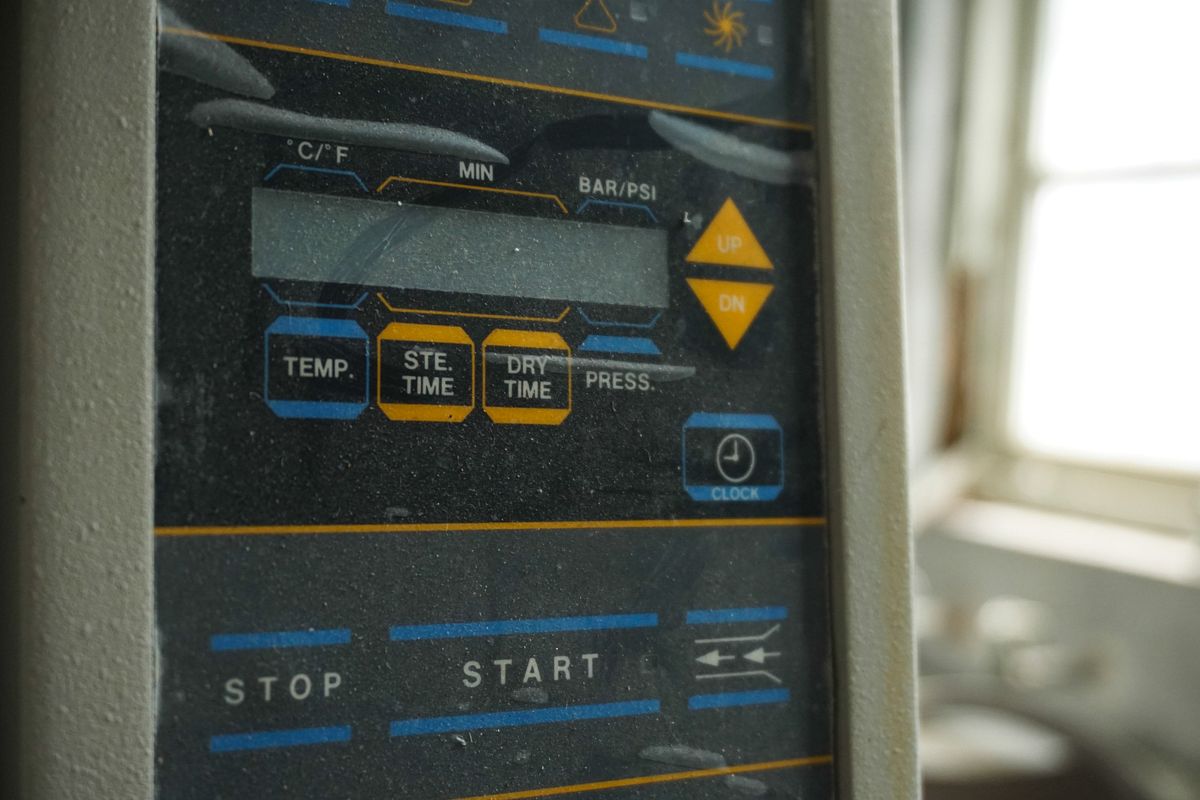
Medical equipment sits unused and covered in dust in the facility's medical buildings.
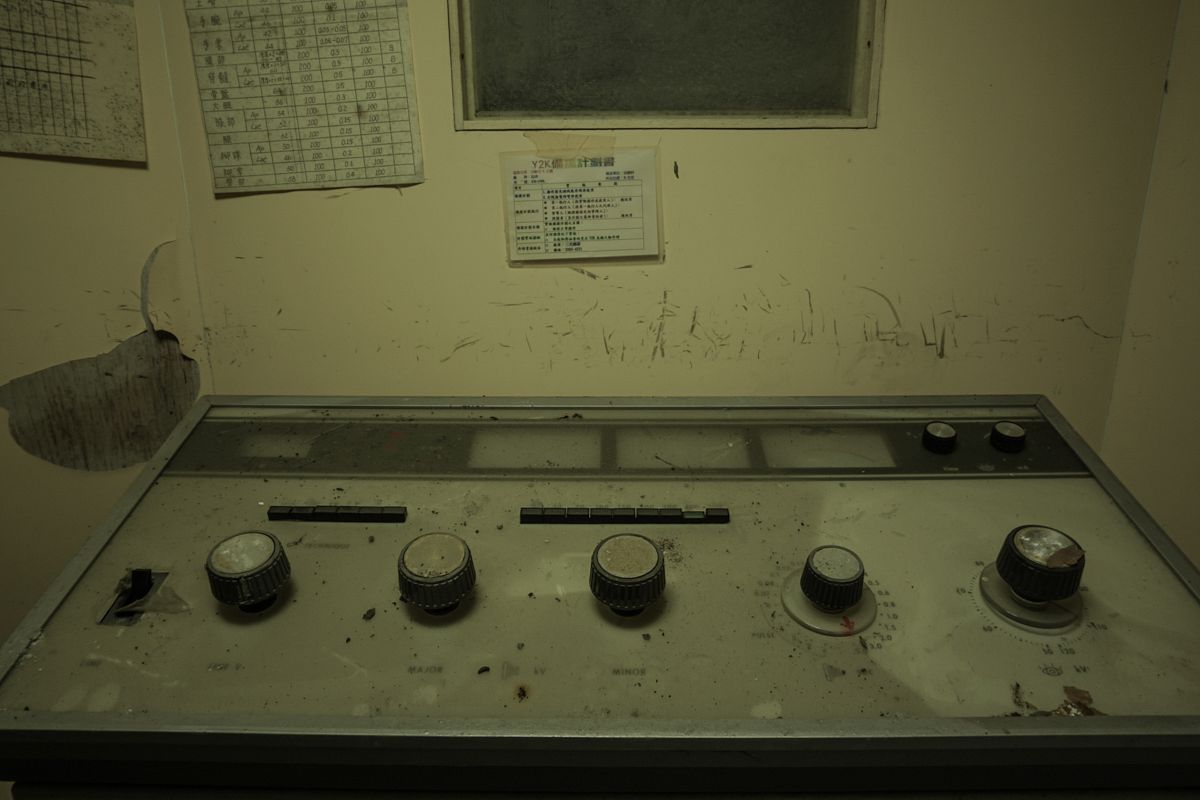
The control panel for an x-ray machine.
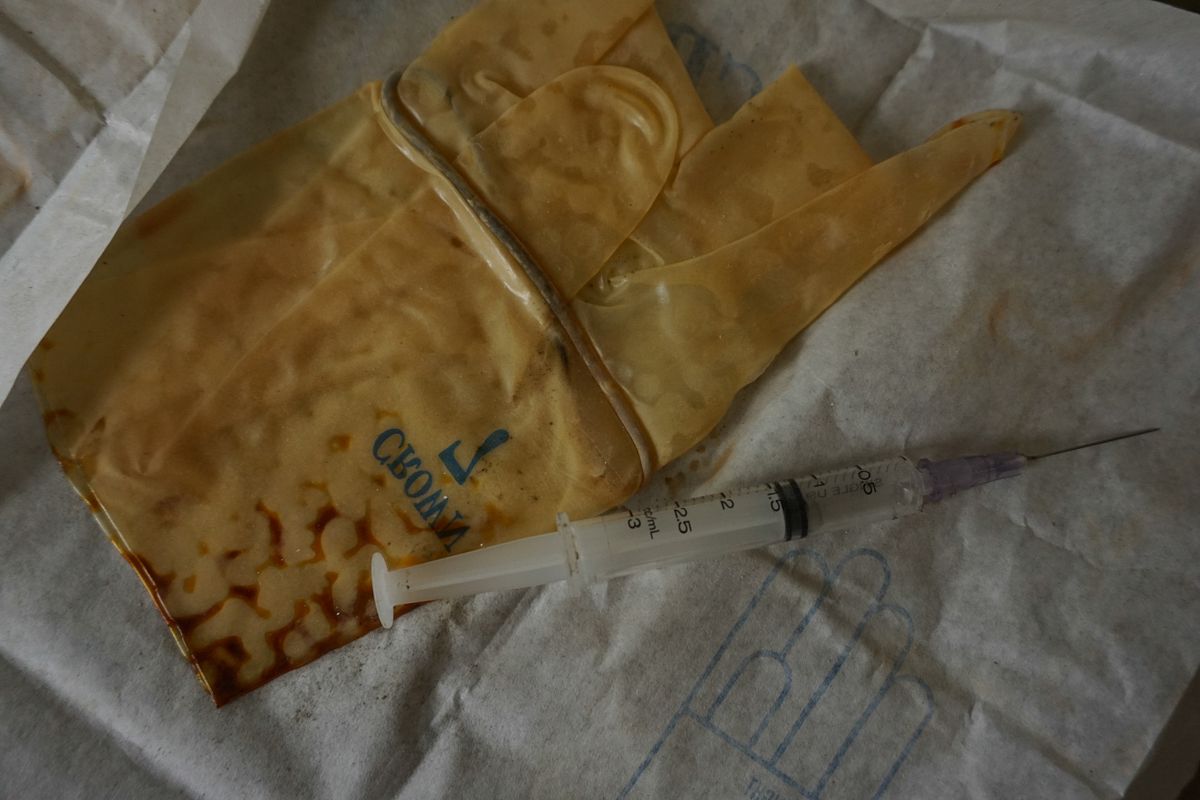
A needle and damp glove sit on a surgical tray, as if the medical staff left in the middle of a procedure.

A microscope which was once used to examine biological samples.

X-rays of a chest and torso hang in a window.
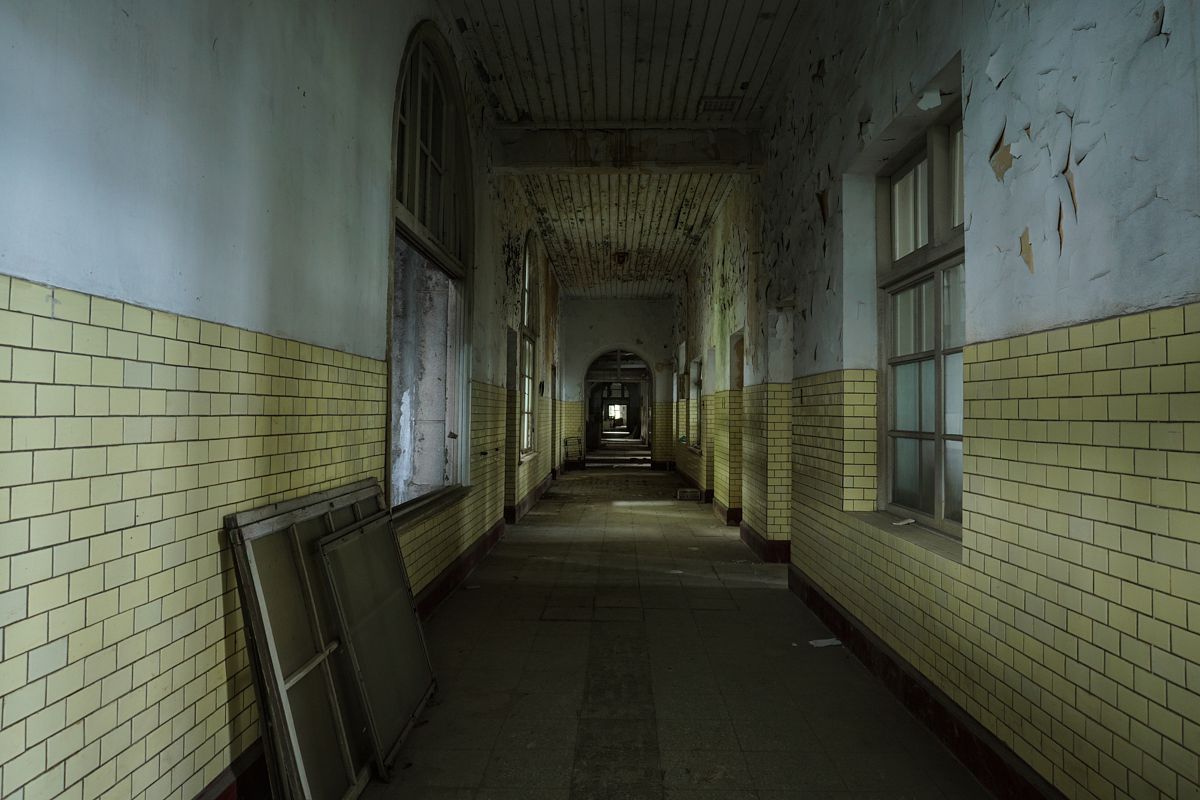
Losheng's long, empty hallways create a genuinely creepy atmosphere.

A surgical chair awaits its next patient.
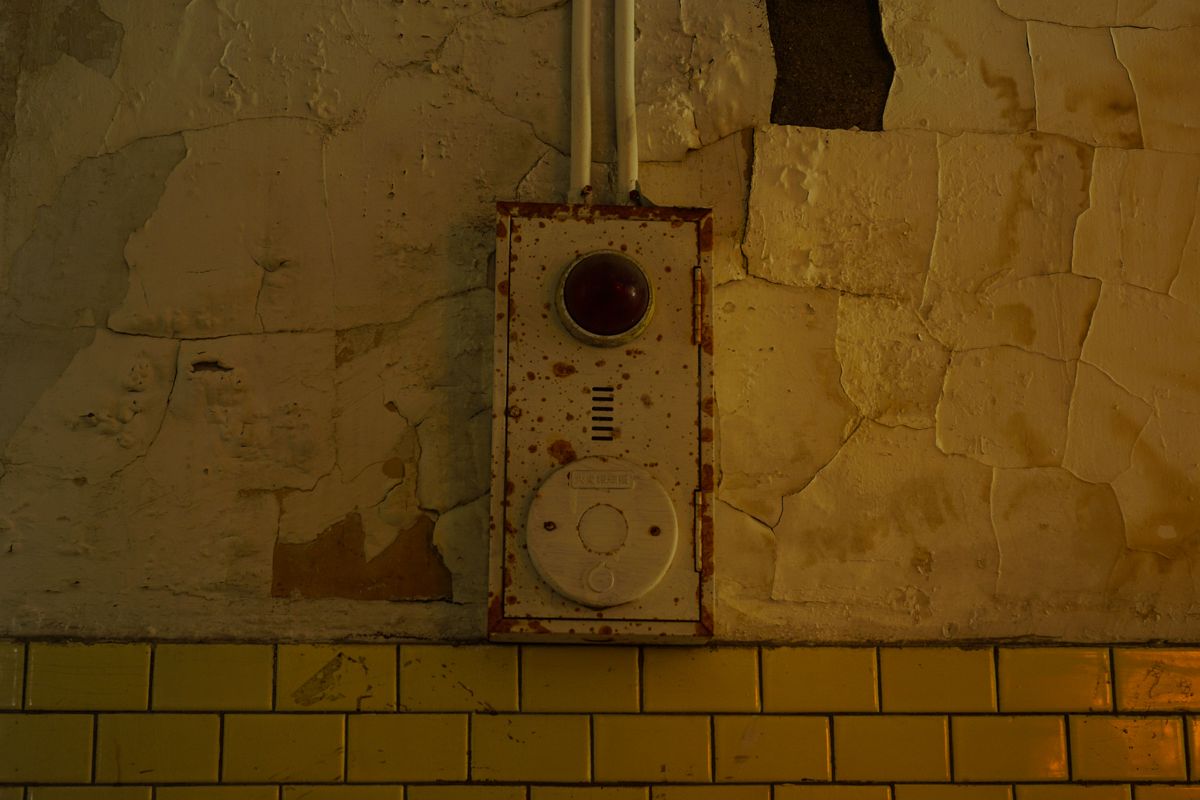
An alarm box on a wall at Losheng.
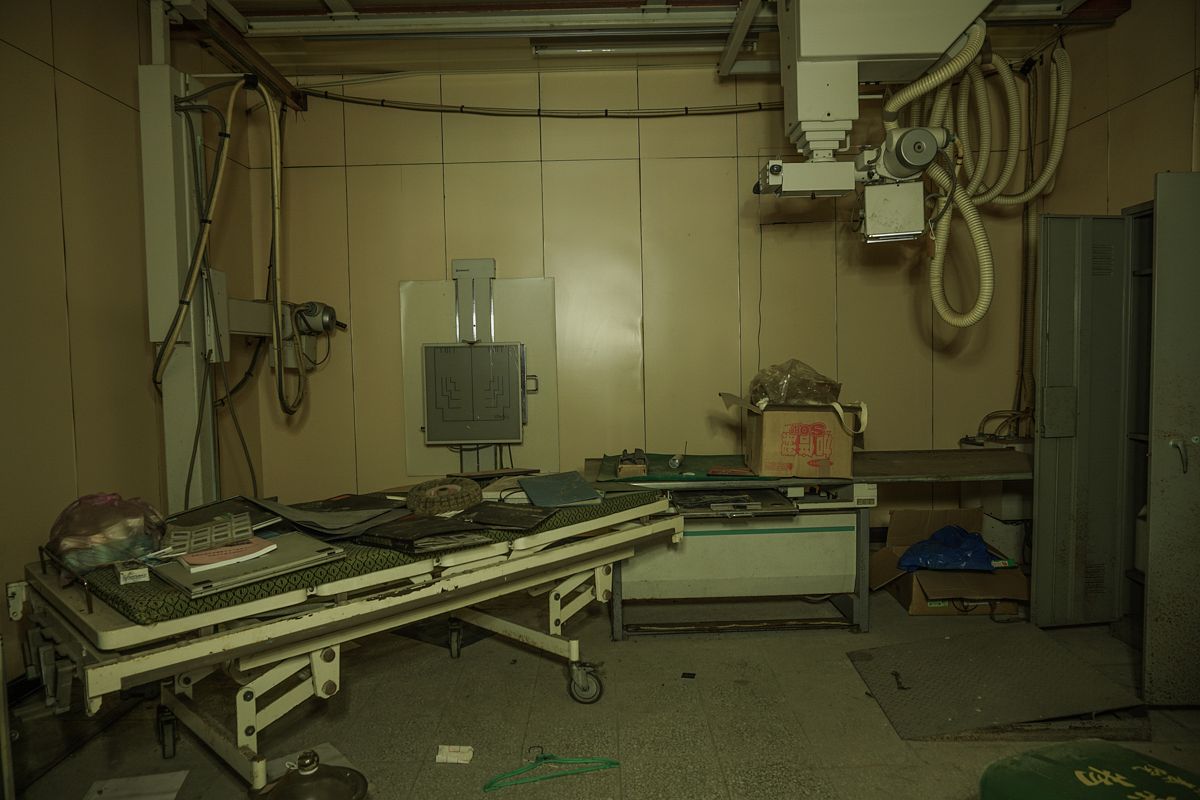
A pitch-black x-ray room full of medical information and paraphernalia.
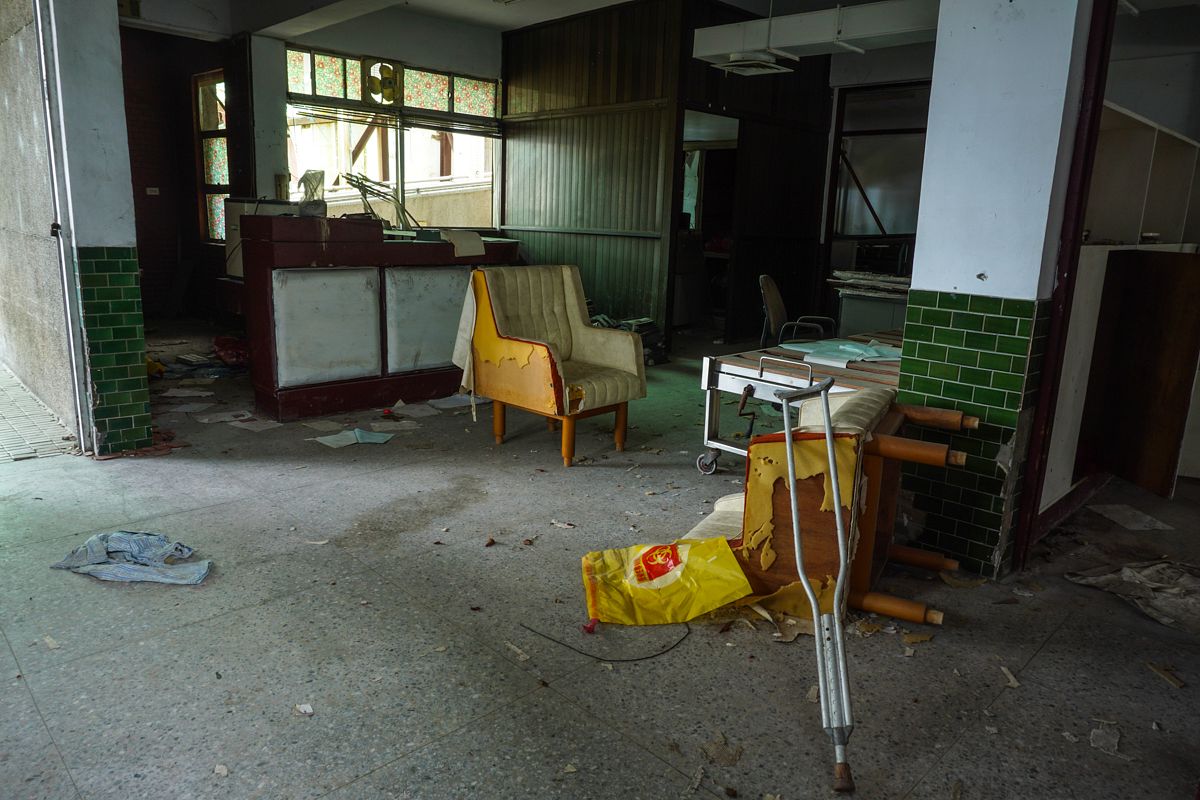
The main reception area at Losheng.
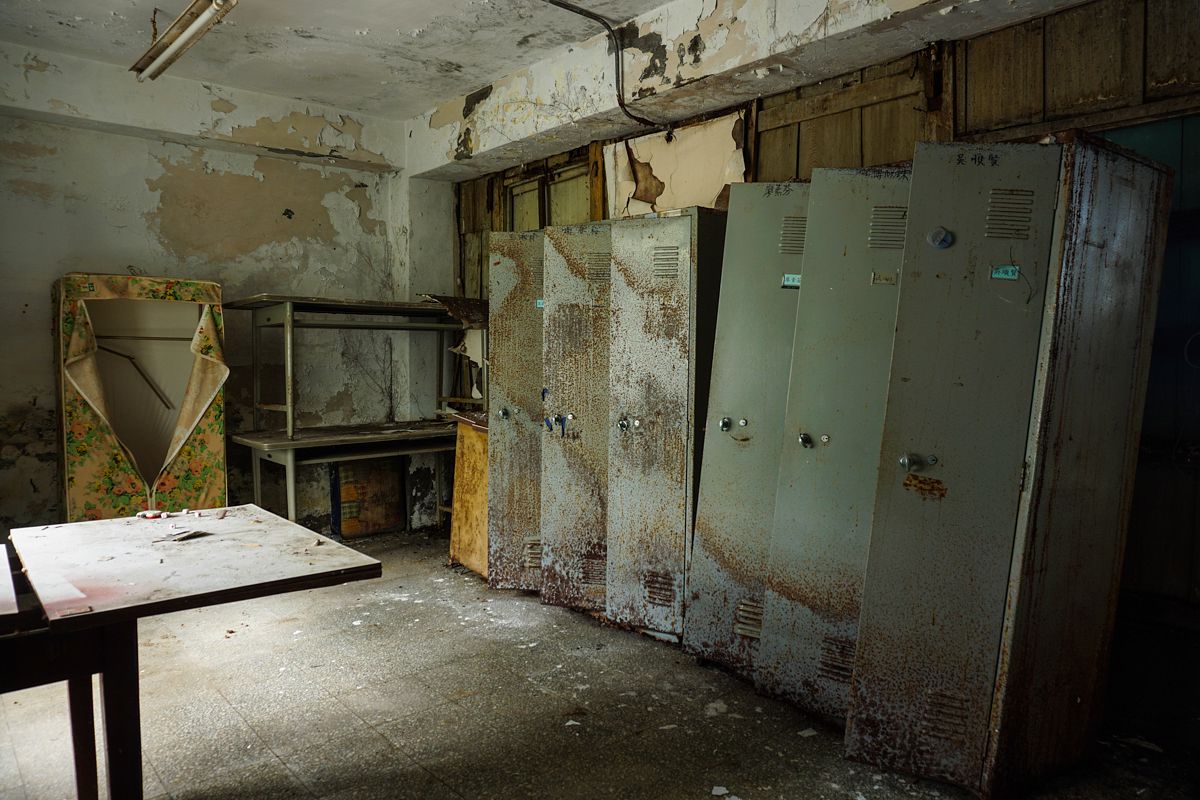
Empty, rusted lockers in what must have been a changing room.
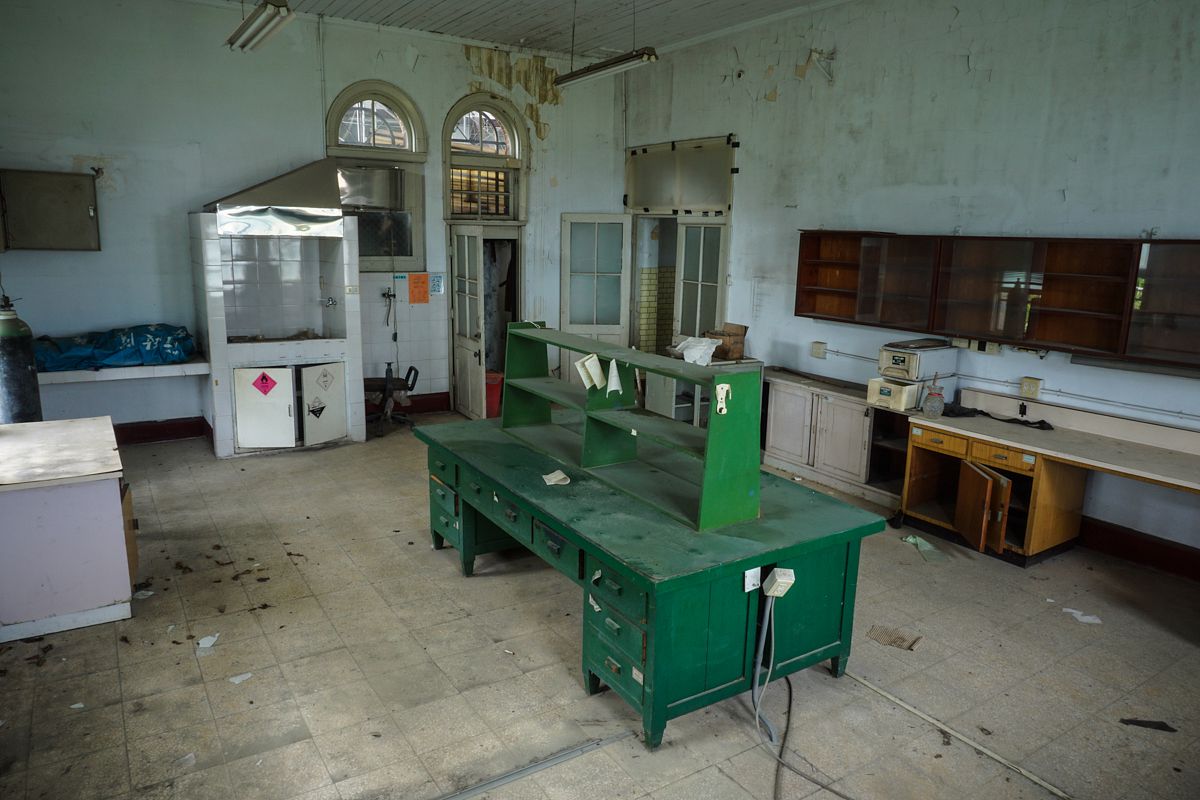
A laboratory that, judging by the signs, once contained deadly, flammable chemicals.
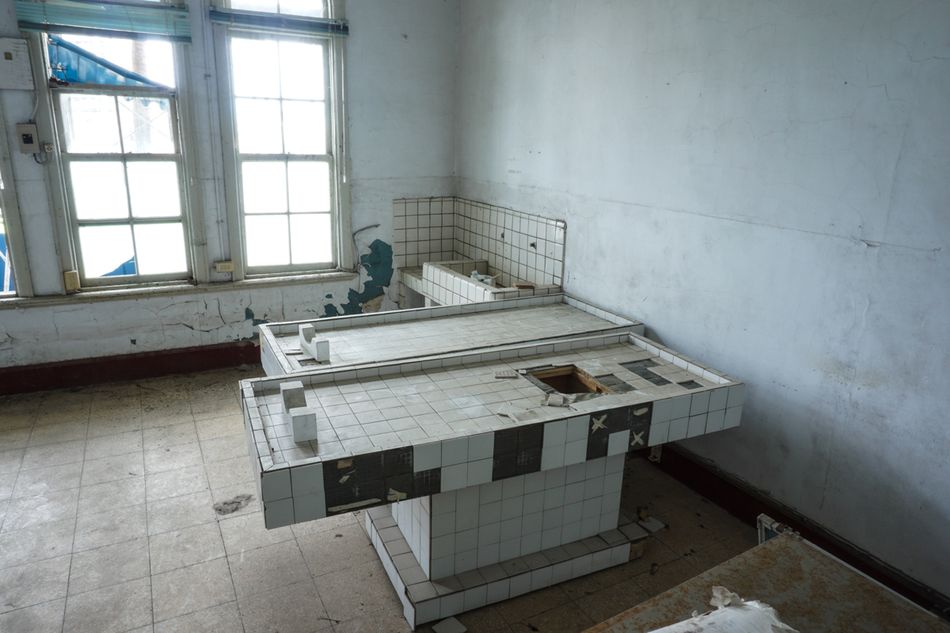
Tables that were most likely used for autopsies.

